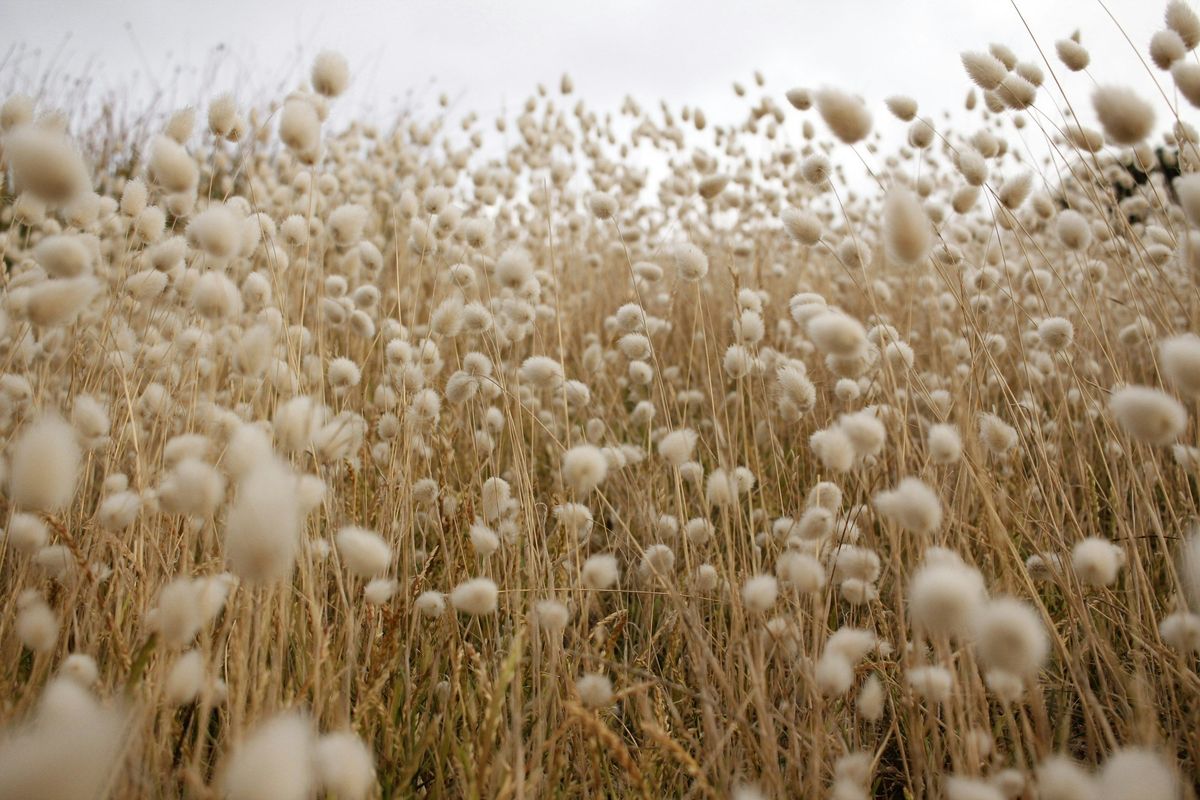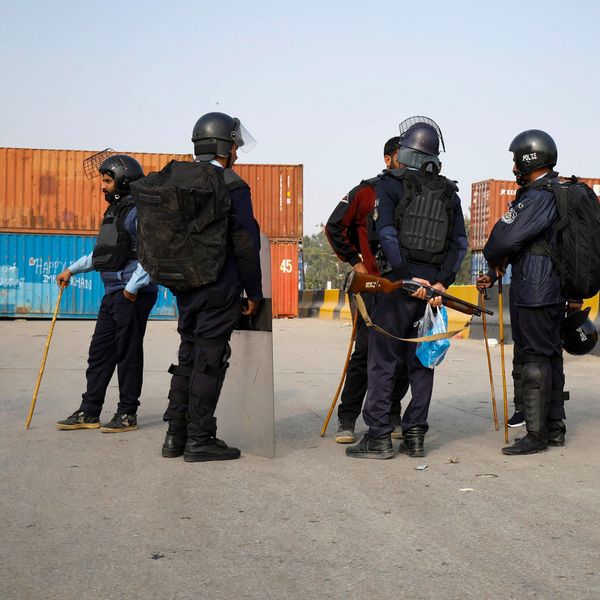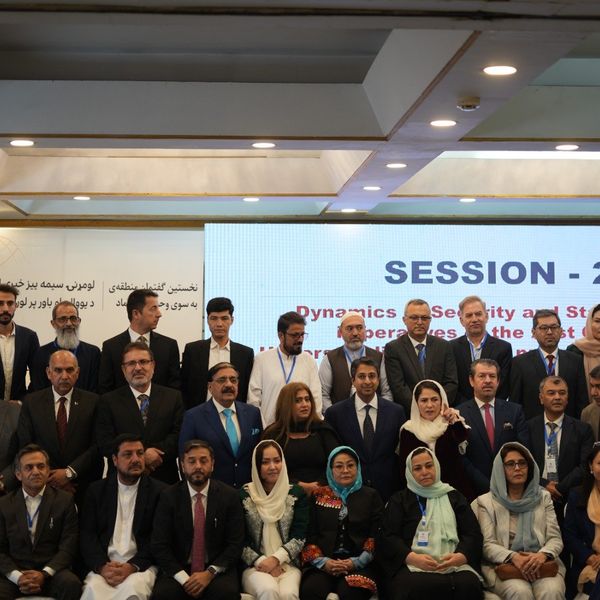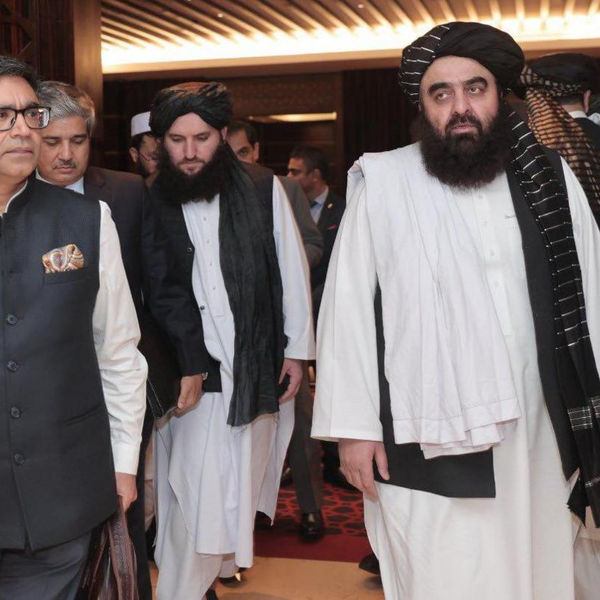Pakistan's cotton arrivals surge 49%, easing import dependence
Improved crop recovery in Sindh and Punjab boosts supply as textile mills and exporters step up purchases

Haris Zamir
Business Editor
Experience of almost 33 years where started the journey of financial journalism from Business Recorder in 1992. From 2006 onwards attached with Television Media worked at Sun Tv, Dawn Tv, Geo Tv and Dunya Tv. During the period also worked as a stringer for Bloomberg for seven years and Dow Jones for five years. Also wrote articles for several highly acclaimed periodicals like the Newsline, Pakistan Gulf Economist and Money Matters (The News publications)

Cotton arrivals in Pakistan jumped 49% year-over-year to 3.044 million bales as of Sept. 30, driven by strong early-season picking and improved weather conditions in key growing regions, according to industry data released this week.
Sindh accounted for the bulk of arrivals, recording a 45% increase to 1.907 million bales, while Punjab posted a 56% rise to 1.136 million bales, signaling a stronger crop recovery in both provinces.
Textile mills, the primary buyers of domestic cotton, purchased 2.409 million bales during the period, up from 1.848 million bales in the same period last year.
Exporters also stepped up activity, purchasing 94,800 bales compared to just 400 bales in the same period of the previous season.
The surge in domestic arrivals has coincided with a decline in cotton imports.
During the first two months of fiscal year 2025-26, Pakistan imported USD 255 million worth of raw cotton, marking a 21.5% decline compared to the same period last year.
In the full fiscal year 2024-25, raw cotton imports stood at USD 1.265 billion, sharply higher than USD 448 million recorded in FY24, reflecting heavy dependence on foreign cotton after previous crop shortfalls.
Analysts say that stronger domestic arrivals may help ease pressure on the textile sector’s raw material costs and reduce the country’s reliance on expensive cotton imports.
“With arrivals rebounding this season, we may see a significant cut in cotton import bills and better margins for local spinners,” said a textile sector analyst in Karachi. “However, quality and sustainability of the crop will remain under close watch, especially given climate uncertainties.”
The cotton sector remains a key component of Pakistan’s economy, supporting millions of farmers and serving as the backbone of the country’s textile exports, which make up over 50% of total exports.










Comments
See what people are discussing